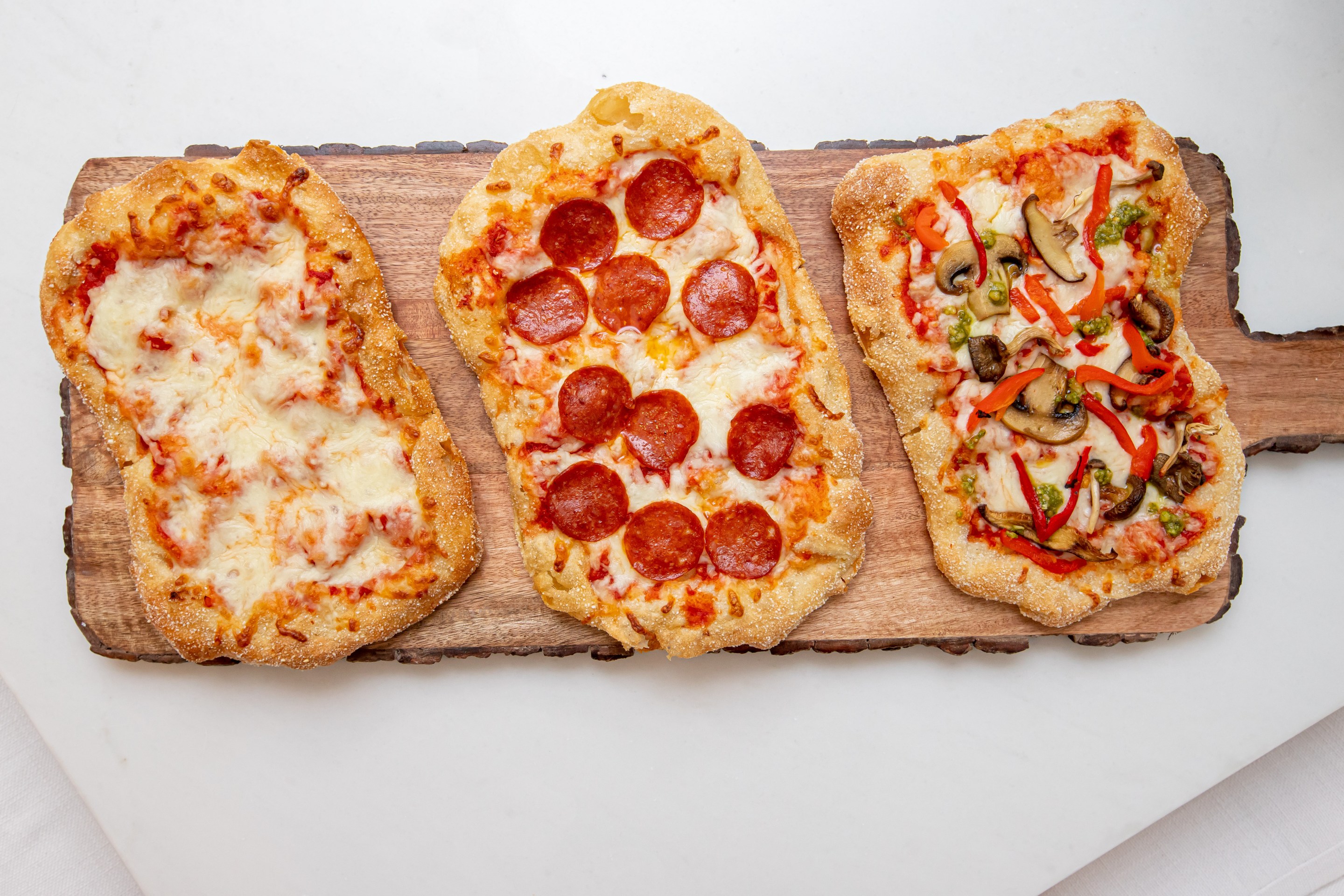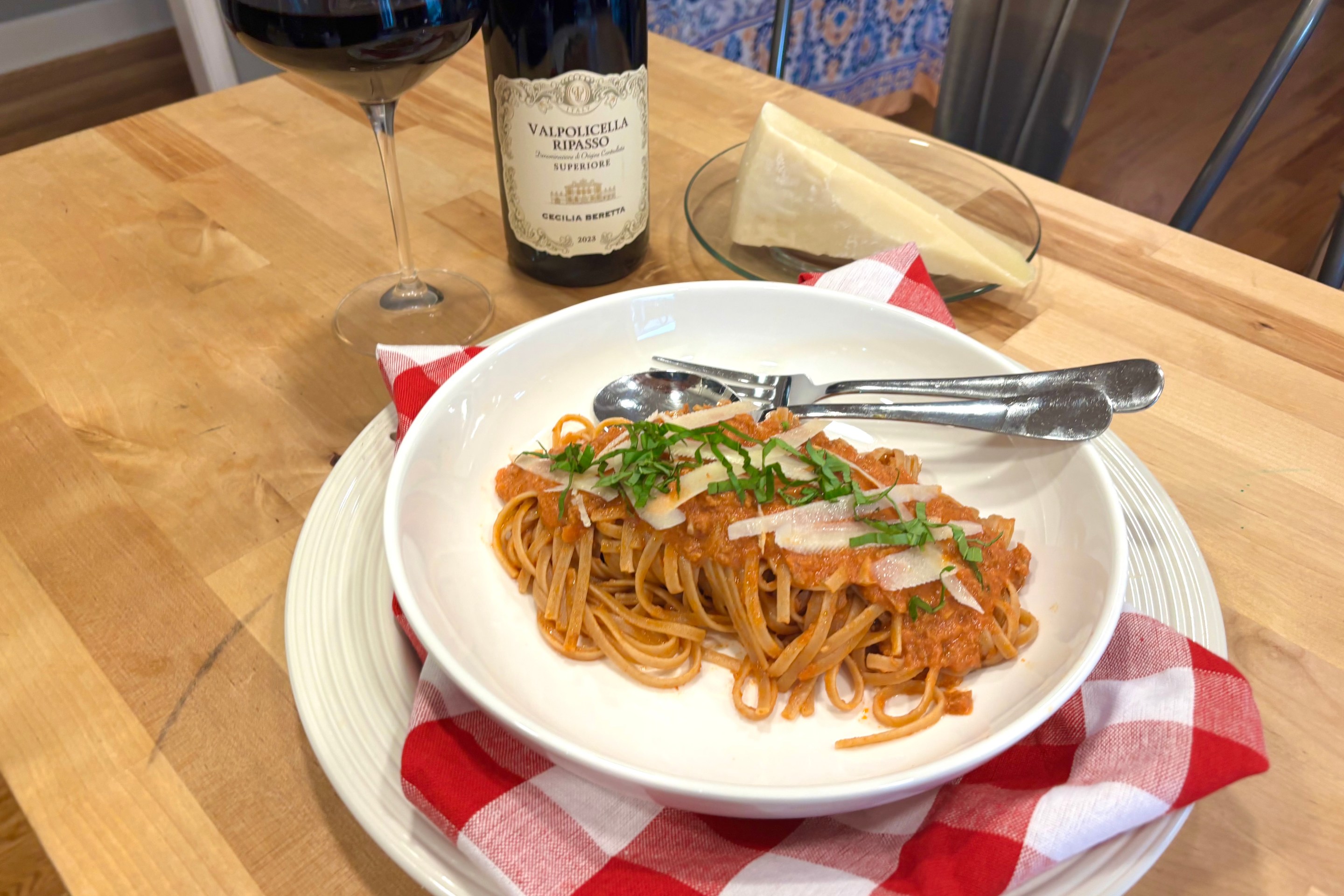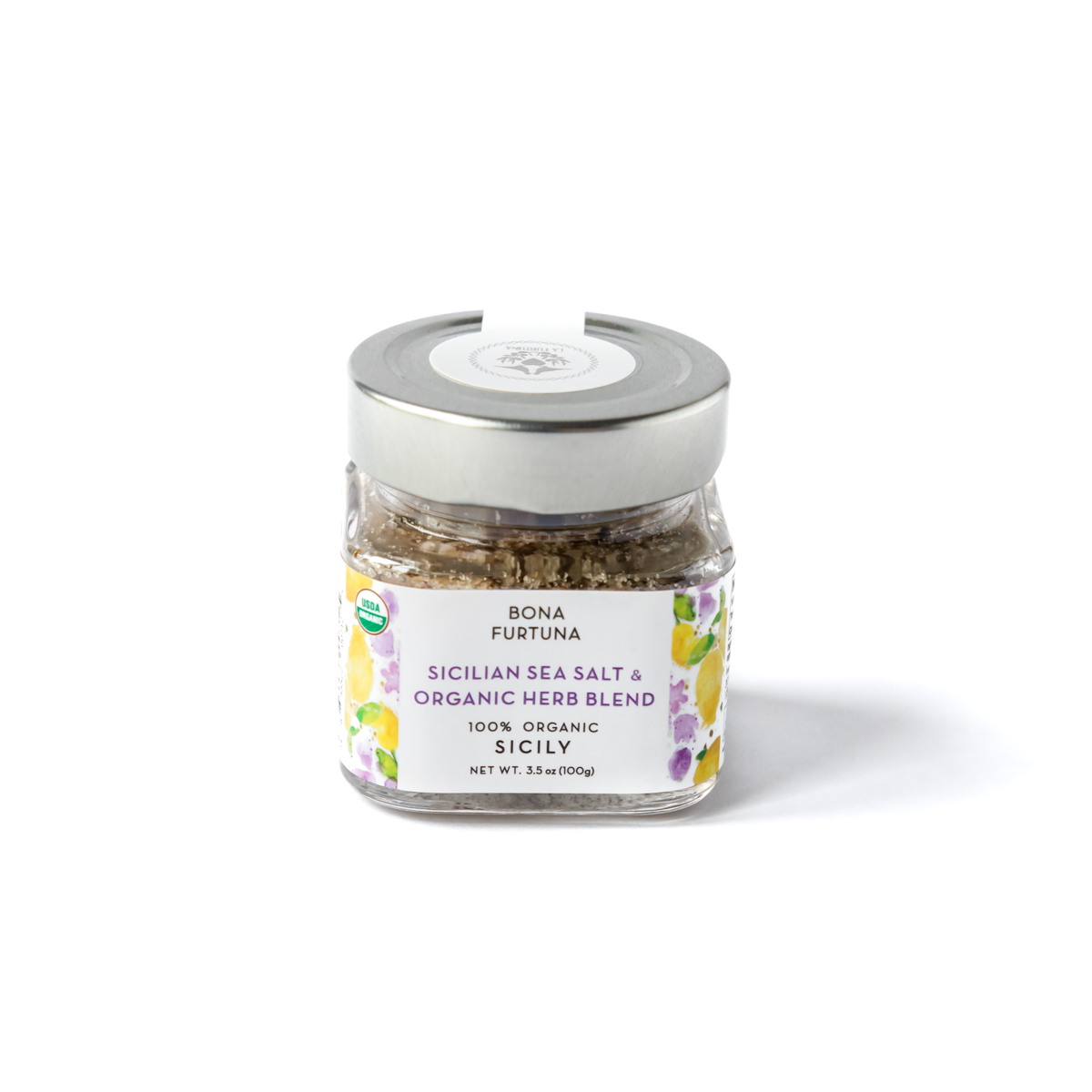If you tell someone that you’re going to eat “pinsa,” they might wonder if you just slipped on your words and meant to say “pizza.” But they would be wrong: pinsa does exist.
So what is pinsa, and how is it different from pizza?
Pinsa is an ancient Roman flatbread-like cousin of pizza. While the toppings are similar to pizza, with a tomato-mozzarella combination as the staple, pinsa enthusiasts would argue that pinsa is healthier and easier to digest than the average pizza. It’s all about the dough.
Pinsa dough differs from pizza dough in the following ways:
• It has a 72-hour fermentation process; pizza’s fermentation process is usually 48 hours or less.
• No sugar is added to pinsa dough.
• It is stretched to an oval shape rather than round or square.
• Rice, soy, and spelt flour are added to wheat flour for pinsa.
The result of these differences is a crisp, flavorful outer crust surrounded by an airy, pillow-like interior, hence the easy digestion claims, while the crunch and fragrance of the pinsa provides a nice bite. No wonder pinsa seems to be getting more attention in America.

Pinsa is served at restaurants like Montesacro locations in San Francisco and Brooklyn, as well as at Via Roma in Maryland and Oste in Los Angeles. A gluten-free pinsa dough mix exists; chef Michele Casadei Massari gave it a shout-out in this story. There’s even an up-and-coming frozen pinsa company, Pinsa Love, providing bake-at-home pinsas to grocery stores across America.
I recently tried my first pinsa at the new Montesacro in Williamsburg, Brooklyn, the fourth restaurant of a San Francisco-based group that calls itself “America’s First Pinseria.” I tried their pinsa with fresh mozzarella, arugula, and prosciutto atop a tomato base. The pinsa crust had a pleasant lightness and a mouthfeel very unlike that of pizza. The flavor was both funky and earthy, too, thanks to the extended fermentation process, and the toppings complemented this flavor without overwhelming it.
I needed to know more about pinsa, so I reached out to Jordan Fainberg, the founder of Pinsa Love. His pinsa story is intriguing. He journeyed to Italy to learn how to make pizza from the acclaimed Lone Wolf in Massa Marittima, Italy, after watching a web stream of their pizzaiolos churning out pizzas and calzones. They also made pinsa, which led Fainberg to try it when he made the trip. He was immediately hooked by the fluffy, “cloudlike” crust. “Pinsa is very digestible because in Italy, they pay attention to how they eat,” Fainberg says. “It’s healthier to ferment the dough for a while.”
Upon returning home from his pinsa pilgrimage, Fainberg set his sights on pursuing the practice of pinsa-making for the home market. The pandemic proved to be a window of opportunity for him, and his frozen pinsa brand grew quickly amidst an increasing demand for easily prepared at-home products.

The key with pinsa as a frozen product, Fainberg explains, is that it’s twice-baked. The crust is baked once before being frozen and hitting the supermarket shelves, and then once you bake it again at home, it has a restaurant-quality result.
Fainberg sees pinsa as a minimalist dish. “The crust is the star of the product,” he says. “The toppings are important not to overwhelm.” Pinsa Love pinsas are kept simple, using a few different cheeses and additions like pesto and mushrooms, though the company encourages consumers to add their own toppings and to get creative.
In Rome, the birthplace of pinsa, the revival of the ancient flatbread is widespread. There’s even a Pinsa Romana Original Association that regulates the quality of pinsa. While the status of pinsa in the States hasn’t evolved that far yet, pinsa certainly fits into the broader trend of an ongoing American infatuation with all things Italian.
Pizza has evolved in America over the past century. A sidekick of sorts is now on the rise, one with a notable distinction. “Every pinsa is a pizza,” Fainberg says. “But not every pizza is a pinsa.”







